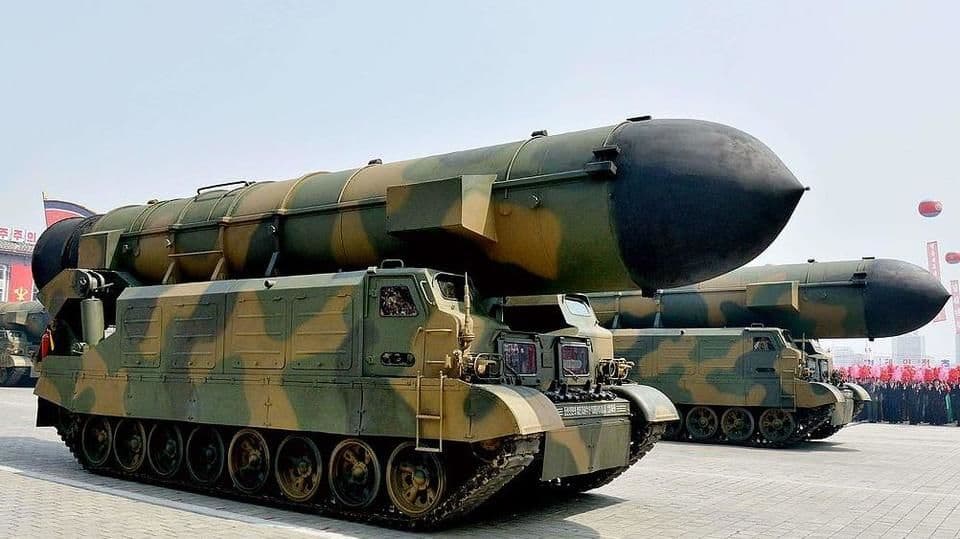
North Korea: 200 killed in nuclear test site tunnel collapse
What's the story
A tunnel at North Korea's Punggye-Ri nuclear test site collapsed, killing at least 200 workers.
North Korea's hydrogen bomb test, conducted on 3 September, reportedly damaged the site. It involved a100-kiloton hydrogen bomb- seven times powerful than the US's atomic-bomb dropped on Hiroshima in 1945.
The incident took place during the construction of a tunnel which caved in as the ground was loose.
Rescue
Second tunnel collapse during rescue operation
Japan's TV Asahi reported that around 100 of the laborers were killed in the initial tunnel collapse.
However, there was a second collapse, too, when about 100 workers tried to rescue the trapped colleagues and the tunnel caved in for a second time, killing them.
According to the Japanese broadcaster, the accident at the Punggye-Ri nuclear test site took place on 10 October.
Details
100-kiloton hydrogen bomb creates 60-100m cater
According to South Korea's Korea Meteorological Agency, North Korea's hydrogen bomb last month created a 60-100m-wide cater under a mountain where the Punggye-ri nuclear base is located.
It added conducting more tests at the site may lead to the leakage of radioactive substances in the future.
Experts also said the site may not be used for nuclear tests in the longer term.
Impact
North Korea's nuclear tests affected mountainous region: Experts
According to experts, North Korea's sixth and largest nuclear bomb blast on 3 September destabilized the whole region near the Punggye-Ri base, which resulted in a series of tremors and landslides there.
The series of quakes triggered the experts' suspicion that N-Korea's latest nuclear bomb test may have damaged the country's mountainous region where all the six tests were conducted.
South Korea
N-Korea preparing two new tunnels: South Korea
According to the South Korean National Intelligence Service, after the hydrogen bomb test, North Korea was possibly constructing two new tunnels for conducting experiments.
It added the tunnel used for the country's first test was shut down; so, a second tunnel was used for the next 5 tests.
Experts said that this second tunnel possibly collapsed after the sixth test.